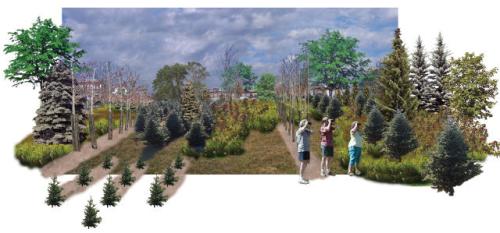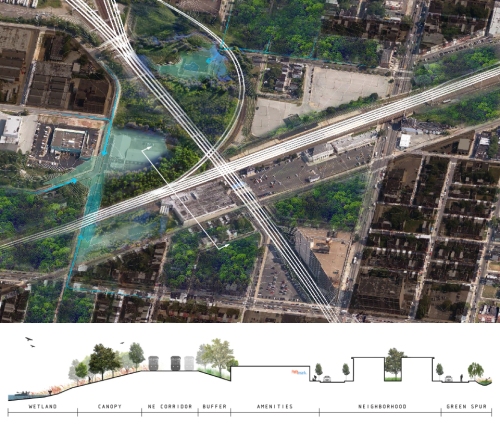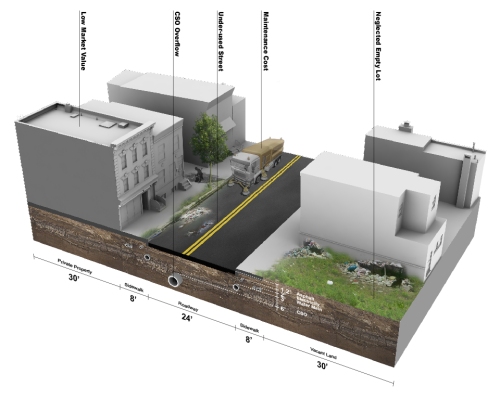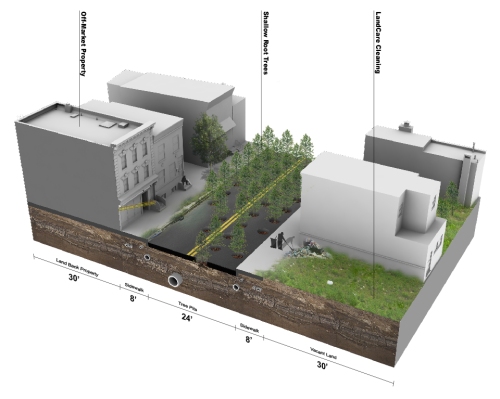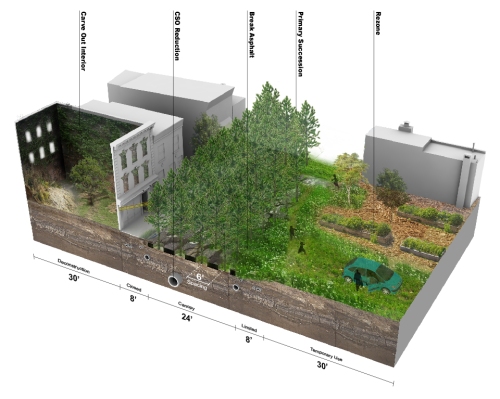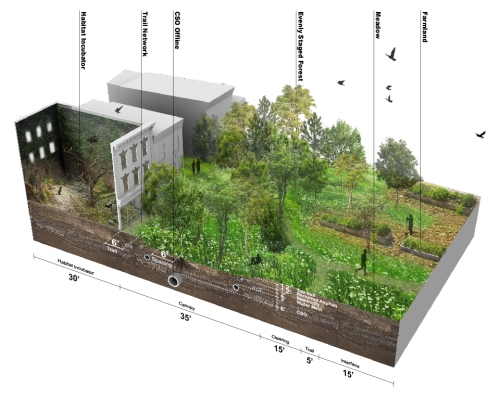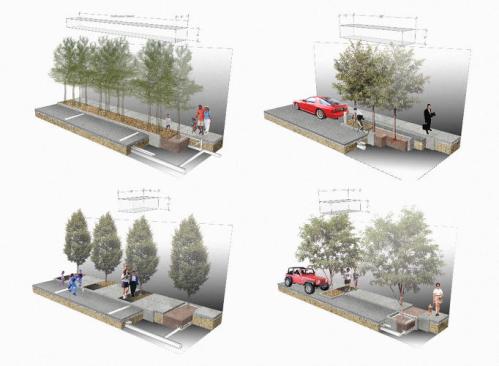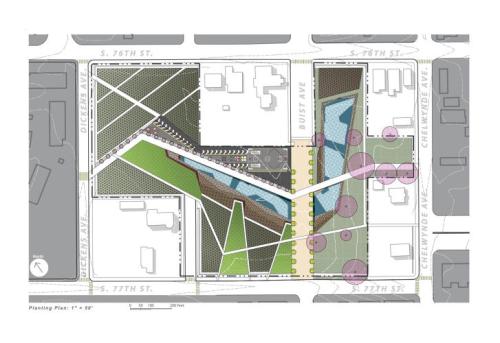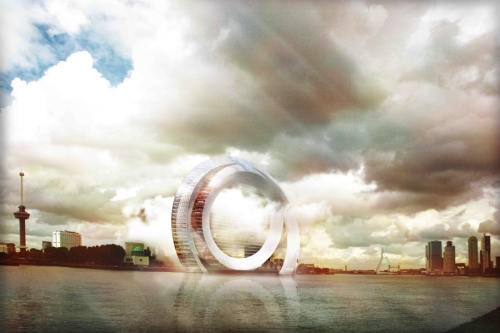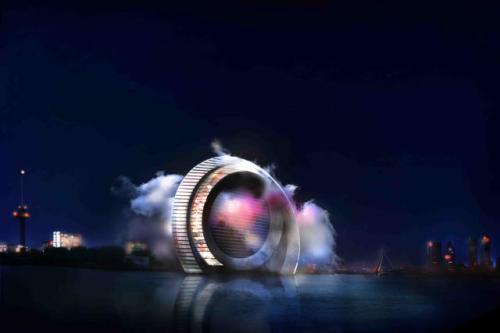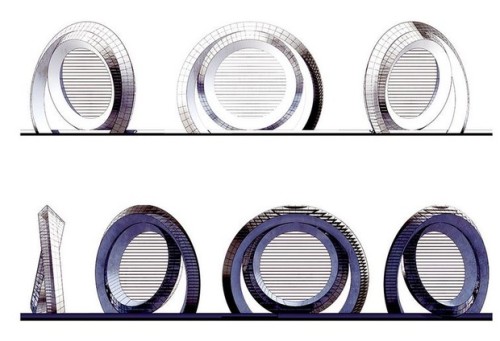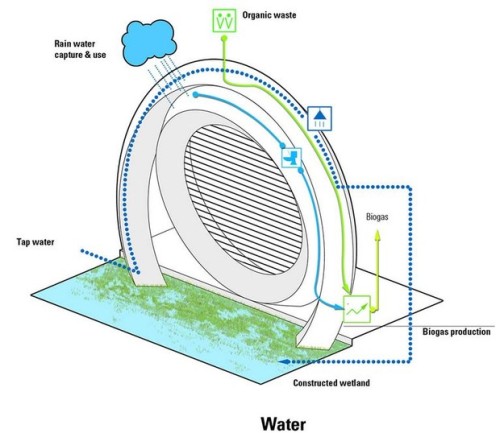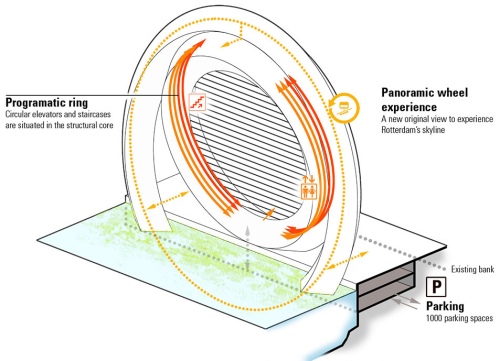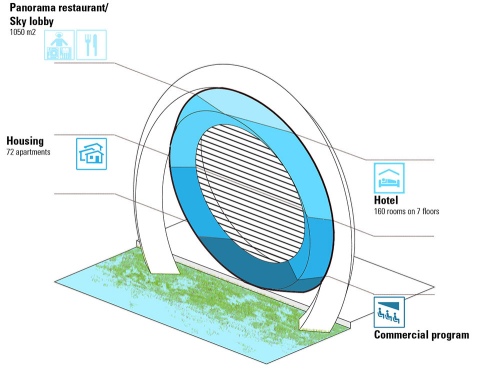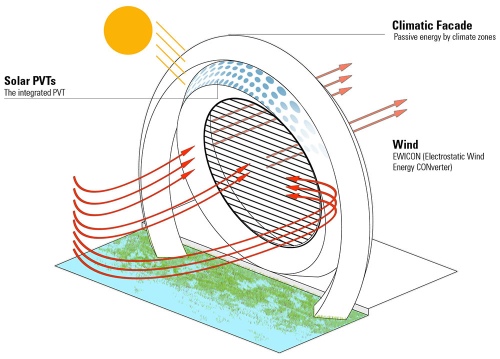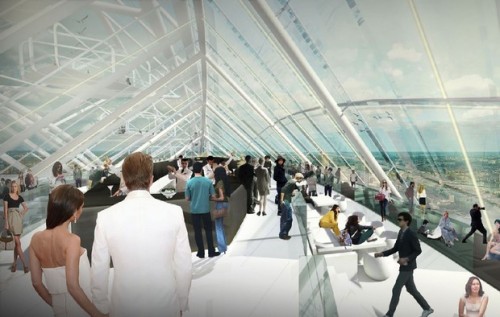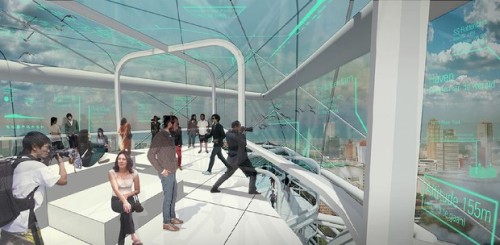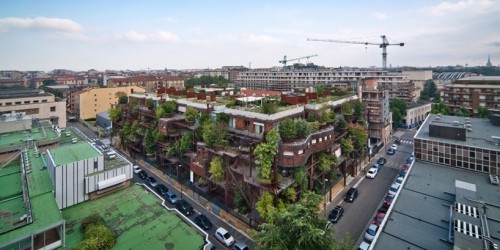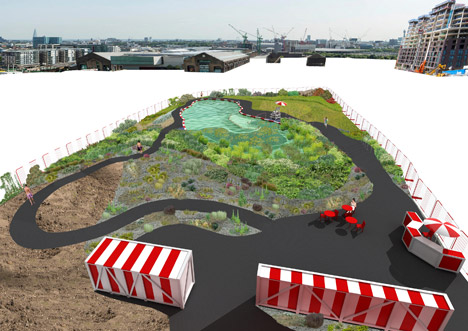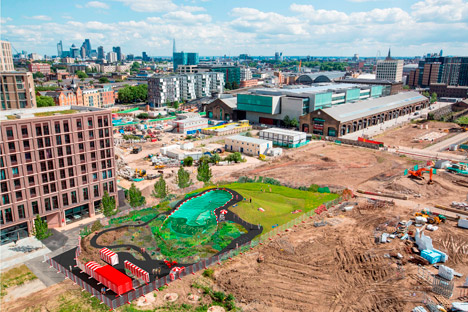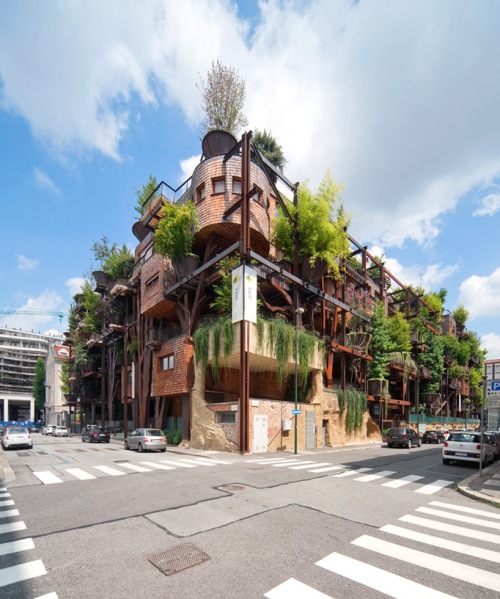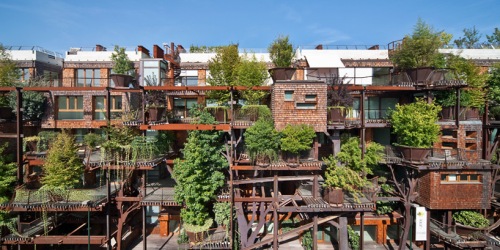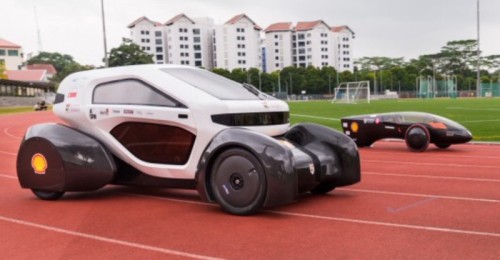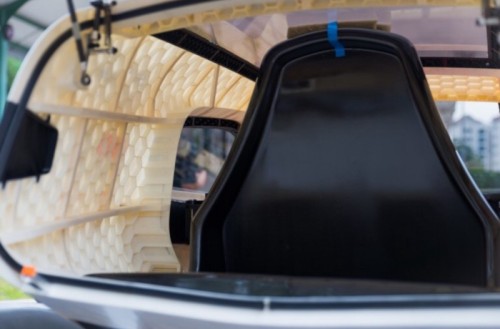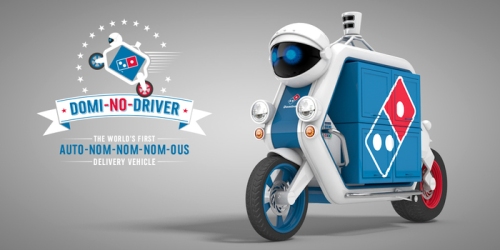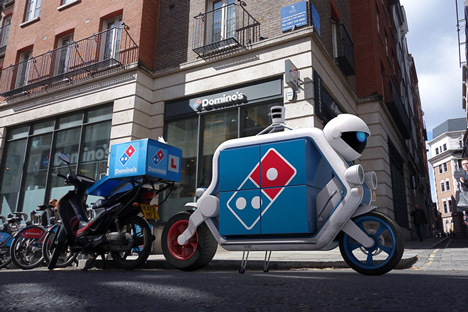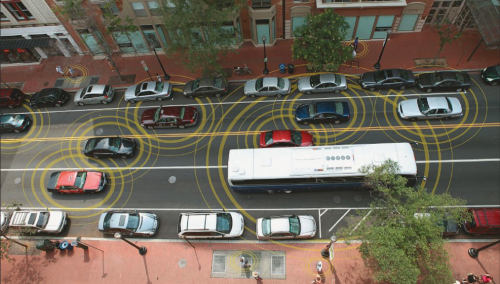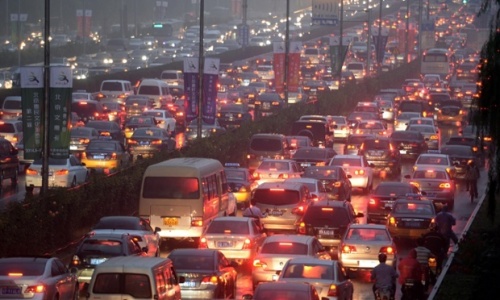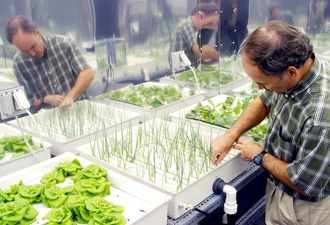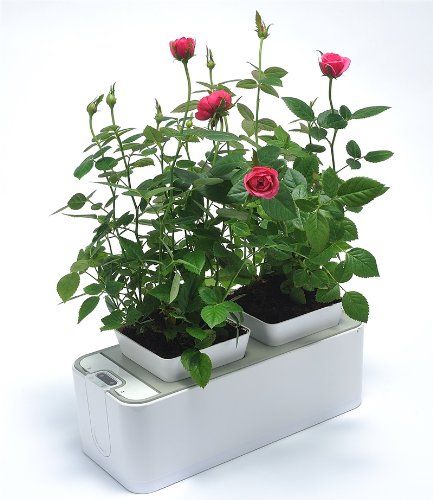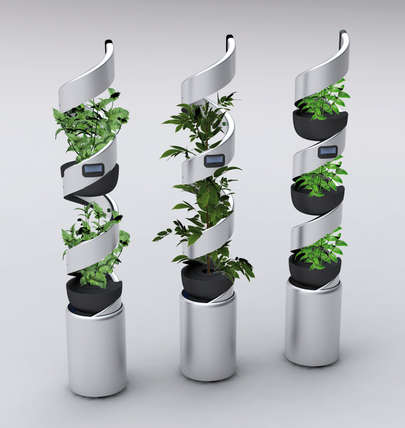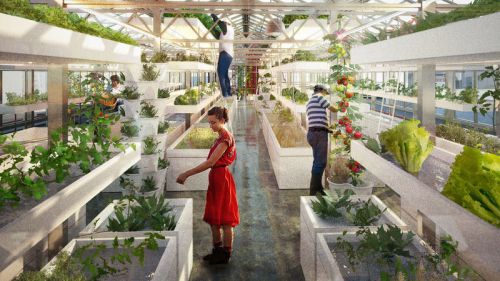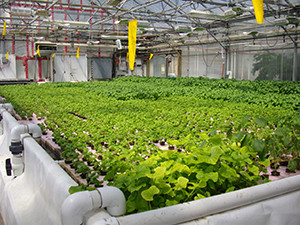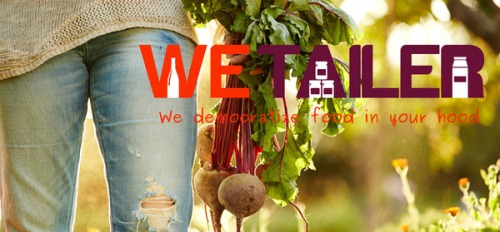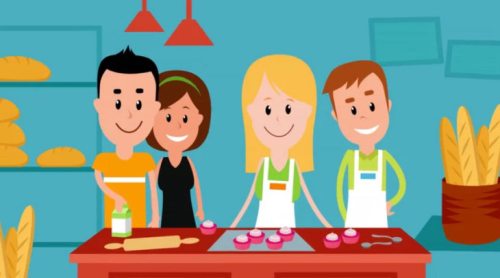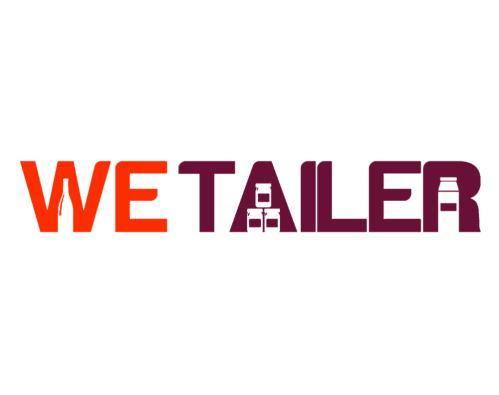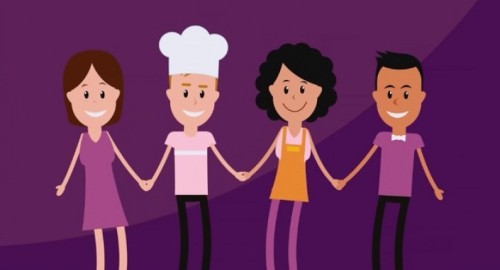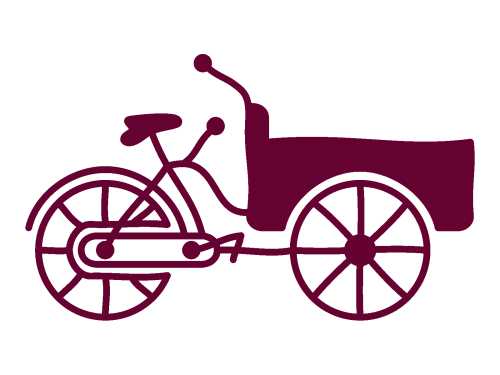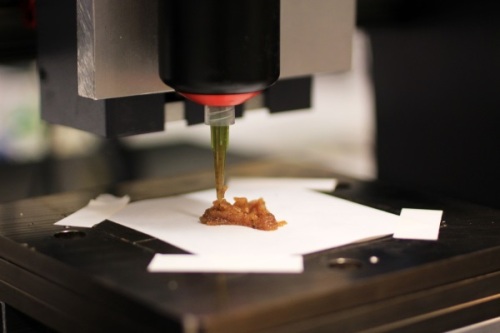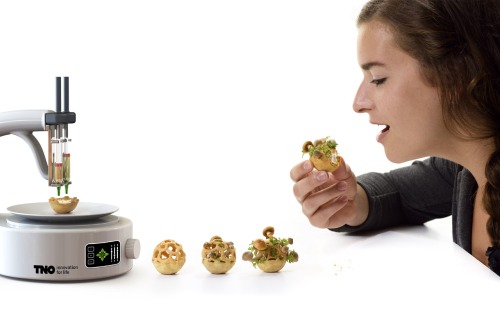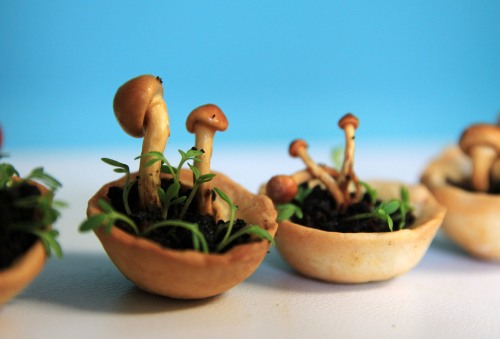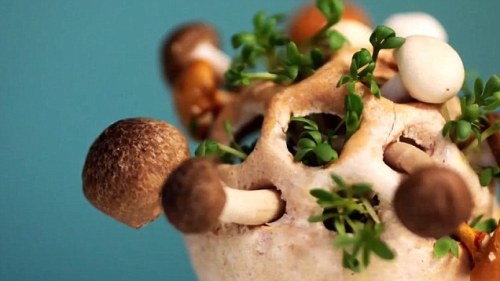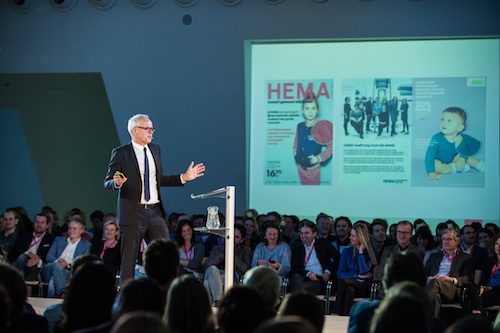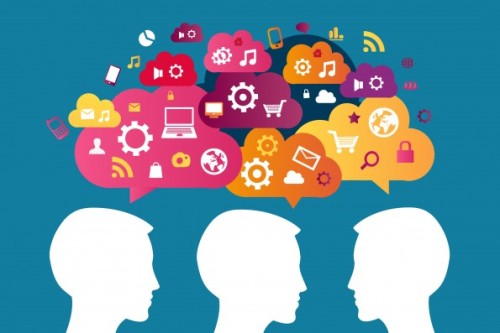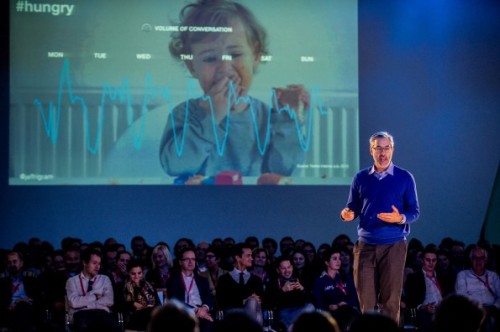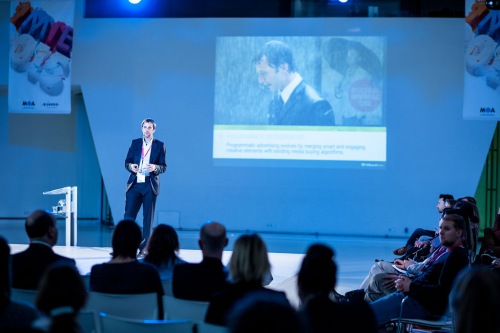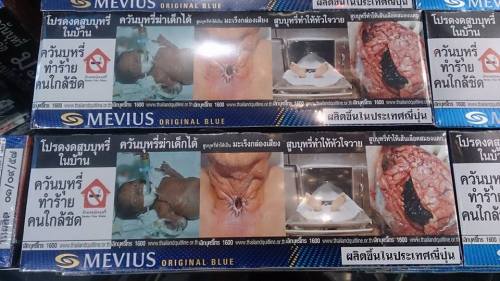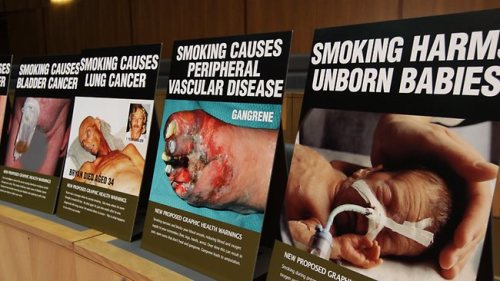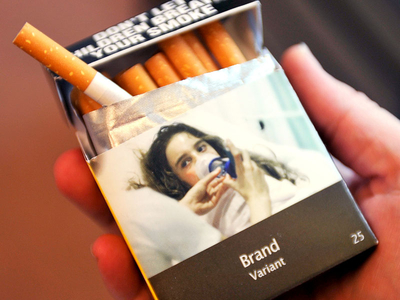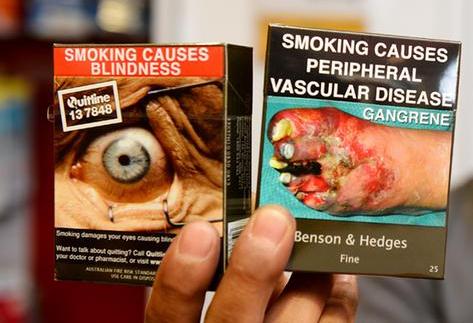Vacant lots
In Philadelphia there are over 40.000 vacant lots (Peters, 2015). Tim Baird, a professor of landscape architecture at Pennsylvania State University and his partner Deenah Loeb, the executive director of City Parks Association in Philadelphia came up with the idea of planting trees in these empty lots that can be transported through the city in a later stadium. Initiatives like this describe the need for greenery or even woods that future cities have. There are a lot of empty spaces and accommodations. Planting urban forests is the answer to the question for this need of greenery.
What is it?
Urban regeneration is the movement of reposition for certain spaces and brings more sustainable and green functions into them. By reshaping the city and its neighborhoods, the meaning and function of vacancies and underused streets get redefined. The planted trees will be able to grow in the city’s climate because they are produced there. Also linear parks, urban farms, and bike trails work as the active interface between forested areas and the urban fabric.
Why is it cool?
Productive urban forests are not only conducive for the biodiversity of the urban environment but they also lower the costs of the real estate market for Philadelphia. So they are very positive for the economy. In about 50 years the vacant buildings are actually broken down by the urban forests and because of this movement and its ecological aspects cause in a way that Philadelphia can be reborn.
Future growth potential
Urban regeneration stretches nature into the heart of the city. By this initiative, in de long run, urbanization isn’t moving from countrysides to cities anymore because of all the greenery that is integrated into these cities. The meaning of urbanization will not be that static anymore. Cities can be reborn and this is what makes the initiative from Tim Baird and Deenah Loeb interesting.
Sources:
Scenariojournal
Fastcoexist

